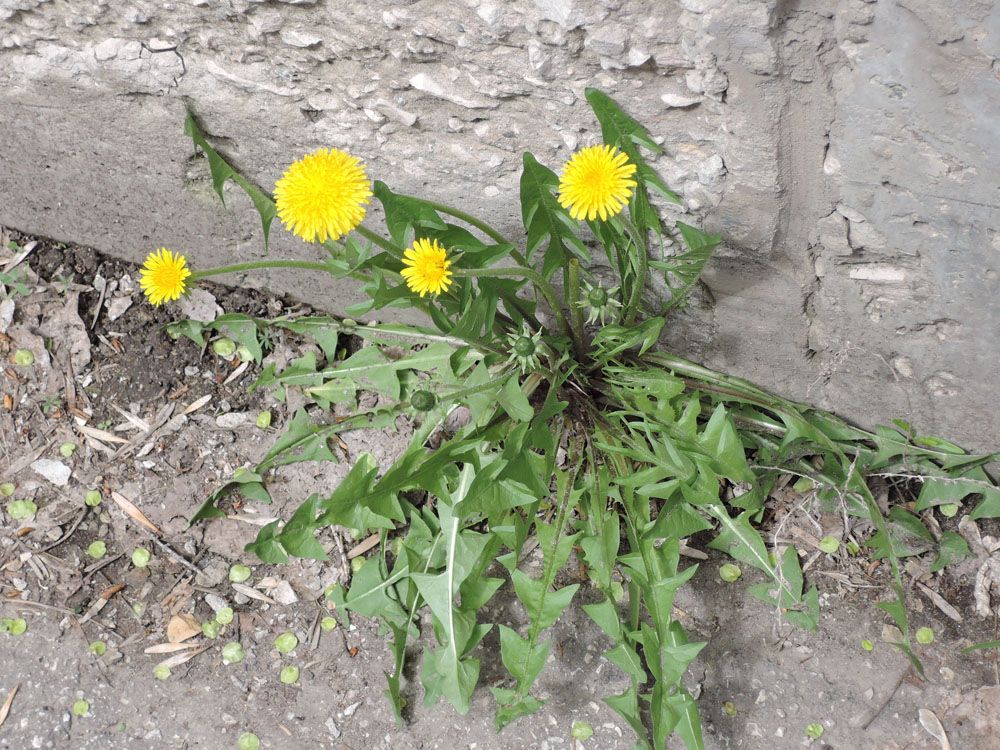
Dandelion
Dandelion Prevention and Control in Turf: A Complete Guide
Dandelions are among the most well-known plants on the planet. They’re a species that almost everyone can recognize at a look, as recognizable to people as the dog. Dandelions are the most successful plants on the planet, masters of survival. Dandelions, on the other hand, are a weak weed that can be readily managed with a few easy tactics. The disadvantage is that if you are not careful, they will spread swiftly and efficiently. The ideal time to get rid of those annoying dandelions is right now, before seed heads sprout and spread over your grass. Whether you’re okay with using pesticides or not, here are some tips to help you win the war for a dandelion-free lawn.
Identification
The powerful root systems of dandelions, which may grow up to three feet long, can actually remove compacted soil. This aerates the soil and allows water and nutrients to permeate deeper into it. Dandelions also absorb soil nutrients and return them to surrounding plants. Finally, they can help to prevent erosion by keeping the soil in place.
We can all identify dandelions when they are blossoming or developing seed heads – and the more youthful among us may even love blowing on dandelions. And even when the plant isn’t blossoming, it’s easy to identify. The dandelion plant has a circular tuft of dark green, serrated leaves topped with spiky yellow blooms that turn into white puffball seed heads. The plant has milky sap and its leaves are arranged in a rosette arrangement.
Disadvantages of Dandelion
- They consume a large portion of the water that your grass needs to live.
- They are quickly disseminated by seeds blown by the wind.
- The root system is deep and robust enough to withstand various eradication methods, and it frequently breaks off readily when pulled out.
- Dandelions have a short germination period of 7 – 21 days, allowing them to infest your grass quickly.
- They ruin the even and smooth appearance of your grass.
- They are resilient, tenacious, and competitive, and they can thrive in places where other plants cannot.
Management
Dandelions may develop a thick mat of leaves, crowding out desirable species and decreasing the strength of those that remain. It develops clumps in turf, causing poor footing on sporting fields and golf courses. The texture and color of dandelion differ from that of turfgrass, and the yellow blossoms detract from the visual quality of lawns and other turf areas. Dandelion blossoms may attract bees, which can be an issue if there are youngsters or persons who are allergic to bees around.
The easiest way to control many grass weeds is to keep your lawn thick, healthy, and robust. As a result, using suited grass species, adequate fertilization, a good mowing and irrigation procedures, and effective pest and disease control all contribute to reducing dandelion occurrence. Due to reduced competition from suitable grass species, low nitrogen fertility may result in large populations. Mowing the turfgrass area can help decrease future infestations. Dandelion plants may be maintained by hand in limited areas if the taproot is removed.
